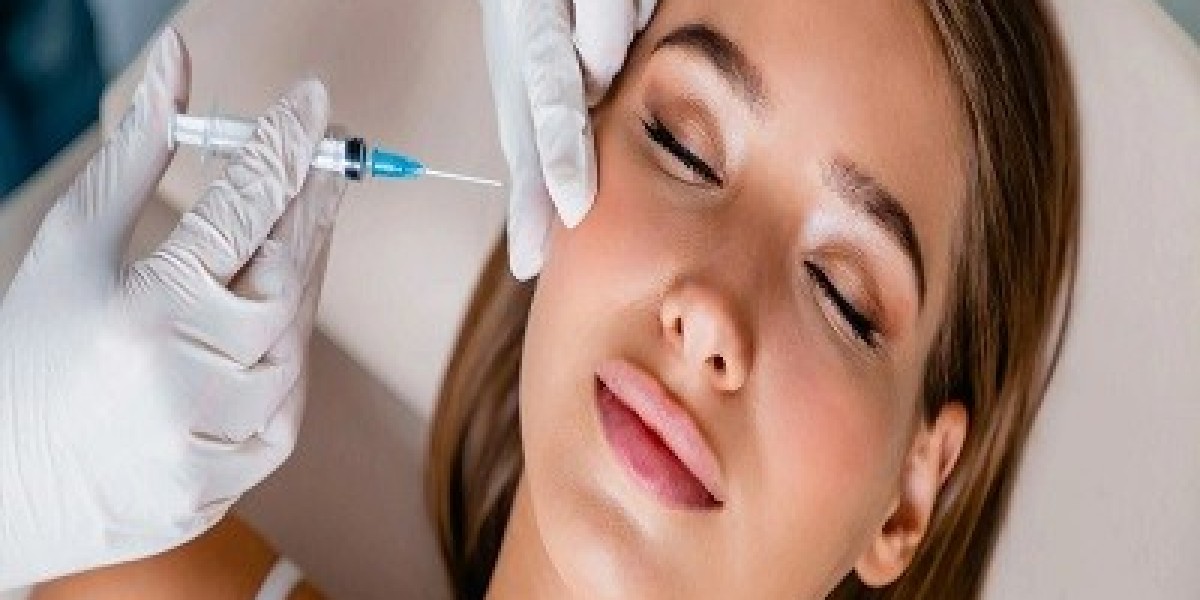Botox in Islamabad is one of the most popular non-surgical cosmetic treatments, widely used to reduce fine lines and wrinkles for a youthful appearance. Whether it’s your first time getting Botox or you’re considering it for the future, understanding the treatment process and aftercare is essential. This guide covers what to expect before, during, and after a Botox procedure to ensure a smooth experience and optimal results.
Before Your Botox Treatment
1. Consultation with a Qualified Injector
Before getting Botox, you will have a consultation with a qualified injector—this could be a board-certified dermatologist, plastic surgeon, or experienced cosmetic practitioner. During this session, you can discuss:
Your aesthetic goals
The areas you’d like treated (e.g., forehead lines, crow’s feet, frown lines)
Any medical conditions, allergies, or medications you’re taking
The provider will assess your facial muscles, skin condition, and recommend the appropriate Botox dosage.
2. Pre-Treatment Preparation
To minimize the risk of bruising and swelling, follow these pre-treatment guidelines:
Avoid blood thinners: Refrain from aspirin, ibuprofen, and supplements like fish oil and vitamin E for at least a week before treatment (consult your doctor first).
No alcohol for 24 hours: Alcohol can increase bruising risk, so avoid it before your appointment.
Stay hydrated and eat well: Having a light meal before your appointment can help prevent dizziness.
Avoid intense skincare treatments: Skip chemical peels, facials, or aggressive exfoliation a few days before treatment.
During Your Botox Treatment
1. The Procedure Step-by-Step
A Botox session is quick, usually taking 10 to 30 minutes depending on the number of areas treated. Here’s what happens:
Your provider will cleanse the treatment area to remove any makeup, oil, or bacteria.
They may apply a numbing cream (though Botox injections are generally well-tolerated without it).
Using a fine needle, the provider injects small amounts of Botox into the targeted muscles.
You may feel a mild pinching or stinging sensation, but it’s usually very tolerable.
After the injections, ice or gentle pressure may be applied to reduce any immediate swelling.
2. Pain Level & Comfort
Botox injections are relatively painless, with discomfort similar to a small pinch. If you’re sensitive to needles, your provider can use numbing cream or ice packs to ease discomfort.
3. Post-Treatment Instructions Before You Leave
Your provider will give you aftercare instructions to ensure the best possible results. Following these guidelines is crucial for avoiding complications.
After Your Botox Treatment
1. Immediate After-Effects (First 24 Hours)
Right after Botox, you may experience:
Slight redness or swelling at injection sites
Mild tenderness or a tight sensation
Tiny bumps at the injection points (these fade within an hour or two)
Rarely, mild bruising (this depends on skin sensitivity and injection technique)
Most patients can resume normal activities immediately, but certain precautions are necessary.
2. What to Avoid After Botox
To prevent Botox from spreading to unintended muscles and ensure proper absorption, follow these precautions:
Do not touch, rub, or massage the treated area for at least 24 hours.
Stay upright for 4-6 hours after treatment—avoid lying down or bending over excessively.
No strenuous exercise for 24 hours to prevent Botox from moving away from the targeted areas.
Avoid alcohol and blood-thinning medications for a day to minimize bruising.
Skip facials, saunas, or hot showers for 24-48 hours, as excessive heat can interfere with Botox settling in place.
3. When Will Botox Start Working?
Day 1-3: No immediate visible results; Botox is starting to work at the neuromuscular level.
Day 4-7: Muscle relaxation becomes noticeable.
Day 10-14: Full results are visible—wrinkles and fine lines are significantly reduced.
3-6 Months: Botox effects gradually wear off, and muscle movement returns.
4. Possible Side Effects & How to Manage Them
Mild side effects are common but usually temporary. These may include:
Redness, swelling, or bruising – Apply a cold compress if needed.
Mild headache – Over-the-counter pain relievers can help (avoid aspirin or ibuprofen if possible).
Feeling of tightness – This fades as Botox settles.
Rare side effects that require medical attention:
Eyelid or brow drooping (ptosis) – Can occur if Botox spreads; resolves in a few weeks.
Allergic reactions – Seek immediate care if you have difficulty breathing or severe swelling.
Difficulty swallowing or speaking – This is extremely rare but should be reported to your provider.
Maximizing Your Botox Results
To make the most of your Botox treatment and extend its effects:
Follow all post-care instructions carefully.
Avoid excessive sun exposure – UV rays can break down collagen and counteract Botox’s effects.
Stay hydrated and maintain a healthy diet – Nutrient-rich foods support skin health.
Schedule maintenance treatments every 3-6 months to maintain results.
Combine with complementary treatments like dermal fillers or skin treatments for enhanced results.
Final Thoughts
Botox is a quick, minimally invasive treatment with little to no downtime. By understanding what to expect during and after the procedure, you can ensure a smooth experience and achieve the best possible results.
If you’re considering Botox, always choose an experienced injector to minimize risks and enhance your results. By following proper aftercare, you can enjoy a refreshed, youthful look for months to come!









